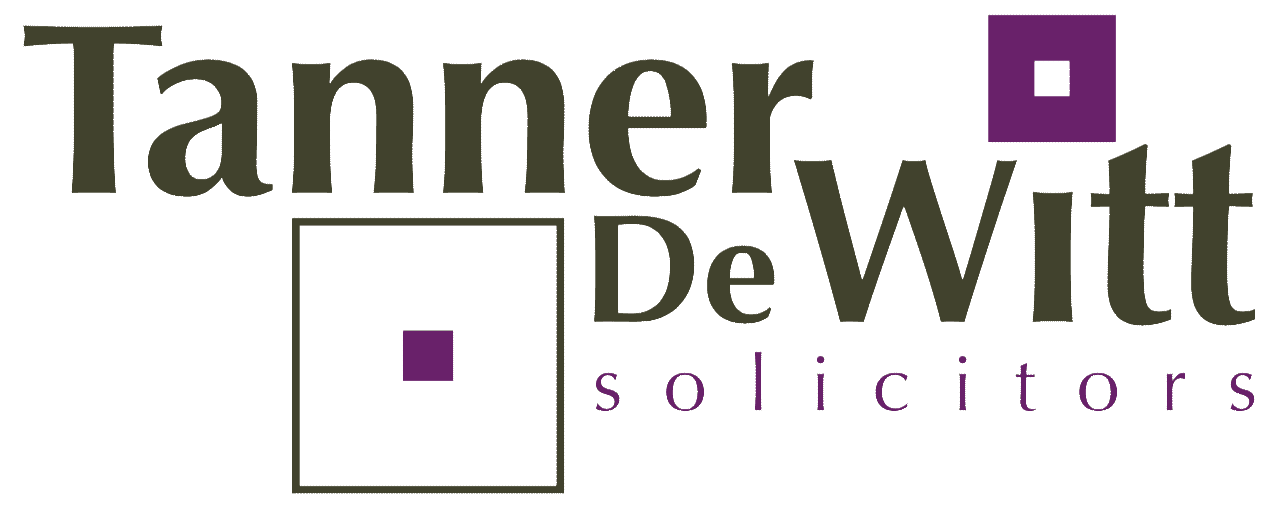Will the Real Bondholder Please Stand Up? Unravelling the Locus Standi of Global Note Investors in Winding-Up Petitions
14Aug2023Introduction
In a landmark decision issued in July, Re Leading Holdings Group Limited [2023] HKCFI 1770, the Hong Kong Courts addressed, for the first time, the right of an investor of a global note to present a winding-up petition as a contingent creditor.
The Case
The relevant company was incorporated in the Cayman Islands and was listed on the Hong Kong Stock Exchange. It issued 12% Senior Notes which were due in 2022 and the petitioner was the beneficial owner of a sub-interest in those notes.
The company defaulted on 27 June 2022, which led to the presentation of a petition.
The key issue before the Court of First Instance was whether the petitioner, as a beneficial owner of the notes, had the right (the standing) to present the petition. Ultimately, the Court found that it did not.
The Court distinguished between the rights of a beneficiary of trust property, and the rights of an equitable assignee to sue. Contrary to potentially conflicting authority, it clarified that although it is possible for an equitable assignee to present a winding-up petition, the same reasoning does not apply to a trust beneficiary under the global note structure.
Global note structures, such as the one featured in this case, are a type of debt security commonly used in international finance. In a typical global note structure, only the trustee can take enforcement action against the note’s issuer. This structure ensures that all bondholders act collectively through the trustee, preventing individual bondholders from acting unilaterally.
The Court stated it was important to respect the integrity of the global note structure to avoid the duplicity of actions, and in this context, the Court described the global note structure as a “seamless regime”.
The reason for the distinction is because a bondholder, like the beneficiary of trust property, does not have a direct contractual relationship with the issuer and so cannot sue it directly to enforce a debt. By contrast, an equitable debt assignee is the property’s true owner, with a personal right to enforce the debt, and the assignor is a bare trustee.
Relying on the recent Cayman Grand Court decision in Re Shinsun Holdings (Group) Co., Ltd, the Court held that the petitioner cannot be characterised as a contingent creditor as the Company did not owe it an “existing obligation”. In a situation involving a contingent creditor, an obligation (or liability) owed would arise only on the happening of a future event.
The situation would be different, however, if an individual account holder (such as the petitioner) had been entitled to require the holder to exchange the global note for a definitive bond (e.g., consequent on the company’s default on a debt), under which they acquired direct rights to sue.
In a very recent British Virgin Islands High Court, Cithara Global Multi-Strategy SPC v Haimen Zhongnan Investment Development (International) Co. Ltd., the Court cast doubt on the statement in Shinshun that a contingent creditor must have a direct contractual claim. It observed that the “modern trend” was to recognise an “expanded definition of contingent obligation”.
Nonetheless, even in Cithara, the Court’s finding that the creditor had standing turned on the fine print of the indenture. Under its terms, the ultimate beneficial holder became entitled to enforce its claim against the issuer by obtaining a certificated note following which the debt becoming immediately due and payable. The Court concluded that this effectively “remove[d] the intermediaries from the chain between it [i.e., the beneficial holder] and the issuer”.
Conclusion
This case is an important decision offering guidance on when a noteholder of global notes would have standing to present a winding-up petition. It is always necessary to focus on the terms of the applicable indenture as different terms can lead to different conclusions.
Ian De Witt, Tim Au, and Elizabeth Chan
If you would like to discuss any of the matters raised in this article, please contact:
Partner | Email
Disclaimer: This publication is general in nature and is not intended to constitute legal advice. You should seek professional advice before taking any action in relation to the matters dealt with in this publication. This article was last updated on 14 August 2023.
